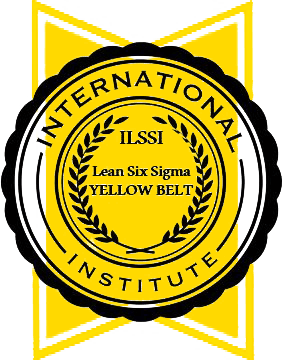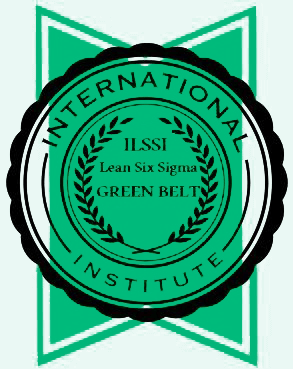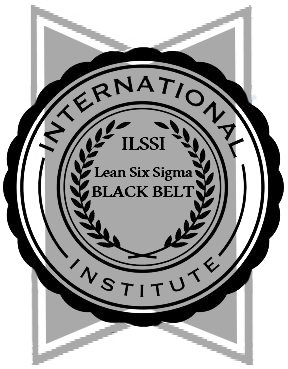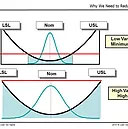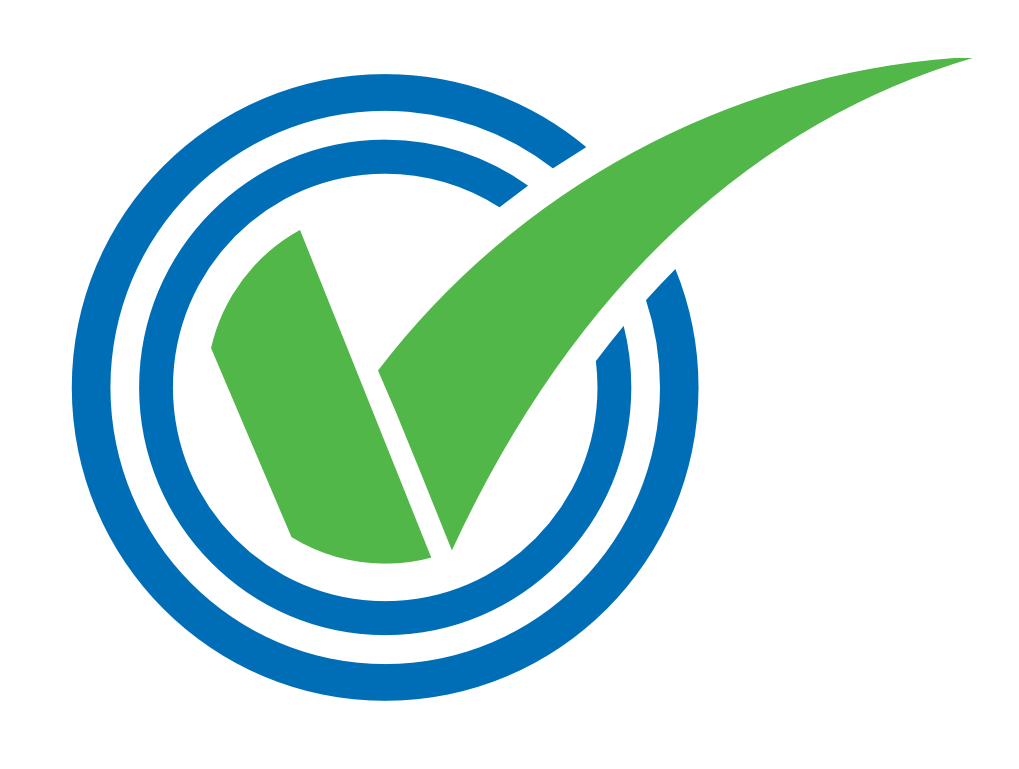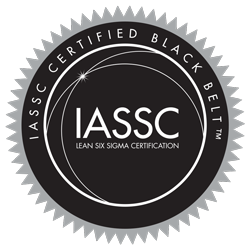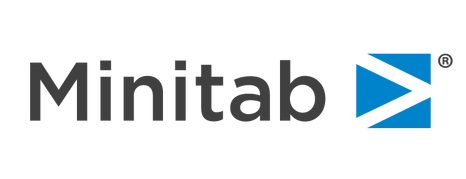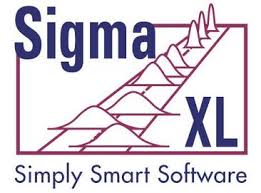ISO-18404 ( ISO18404 )

All of our training courses follow the syllabus guidelines outlined in the ISO 18404 standard published 2015.
Introduction
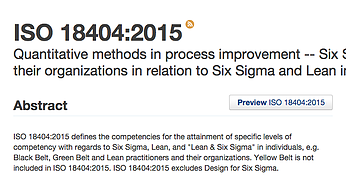
In its preparation, it has been seen to be helpful to prepare this International Standard by focusing on Six Sigma, Lean implementation and “Lean & Six Sigma” separately and the user will come across different tables dealing with these subjects.
1.Scope
This International Standard defines the competencies for the attainment of specific levels of competency with regards to Six Sigma, Lean, and “Lean & Six Sigma” in individuals, e.g. Black Belt, Green Belt and Lean practitioners and their organizations. Yellow Belt is not included in this International Standard. This International Standard excludes Design for Six Sigma.
NOTE: This International Standard sets out the required competencies for individual certification and/or an organization’s certificate.
2.Normative references
The following documents, in whole or in part, are normatively referenced in this document and are indispensable for its application. For dated references, only the edition cited applies. For undated references, the latest edition of the referenced document (including any amendments) applies.
- ISO 13053-1, Quantitative methods in process improvement — Six Sigma — Part 1: DMAIC methodology
- ISO 13053-2, Quantitative methods in process improvement — Six Sigma — Part 2: Tools and techniques
3.Terms, definitions, and abbreviated terms
3.1 Terms and definitions
For the purposes of this document, the following terms and definitions apply.
3.1.1 Appropriate authorityAuthority identified and justified by an organization
Note 1 to entry: This authority can be either internal or external to the organization.
3.2 Abbreviated terms
5S sort, set, shine, standardize, sustain
CTQ critical to
DOWNTIME defects, overproduction, waiting, non-utilization of talent, transport, inventory, motion, extra-processing
EDA exploratory data analysis
HOQ house of quality
OEE overall equipment effectiveness
PDCA plan, do, check, act
PDM policy deployment matrix
SIPOC supplier-input-process-output-customer
SMED single-minute exchange of die
TIM WOOD transport, inventory, motion, waiting, over-processing, overproduction, defects
VOC voice of the customer
VSM Value-stream map
WIP work in progress
WORMPIT waiting, overproduction, rework, motion, processing, inventory, transport
- Fundamentals of Six Sigma projects within organizations
- Voice of the customer
- Accountability
- Maturity of processes of an organization
- Relationship with quality management standard ISO 9001
- Six Sigma measures
- Purpose
- Defects per million opportunities (DPMO)
- Sigma score
- Rolled throughput yield (RTY)
- Cost of poor quality (COPQ)
- Six Sigma personnel and their roles
- Recommended training
- Training requirements
- Project prioritization
- Project selection
- Six Sigma project DMAIC methodology
- Define phase
- Improve phase
- Control phase
- Six Sigma project methodology — Typical tools employed
- Monitoring a Six Sigma project
- Gate reviews
- Project management
- Critical to success factors for Six Sigma projects
- Six Sigma infrastructures within an organization


